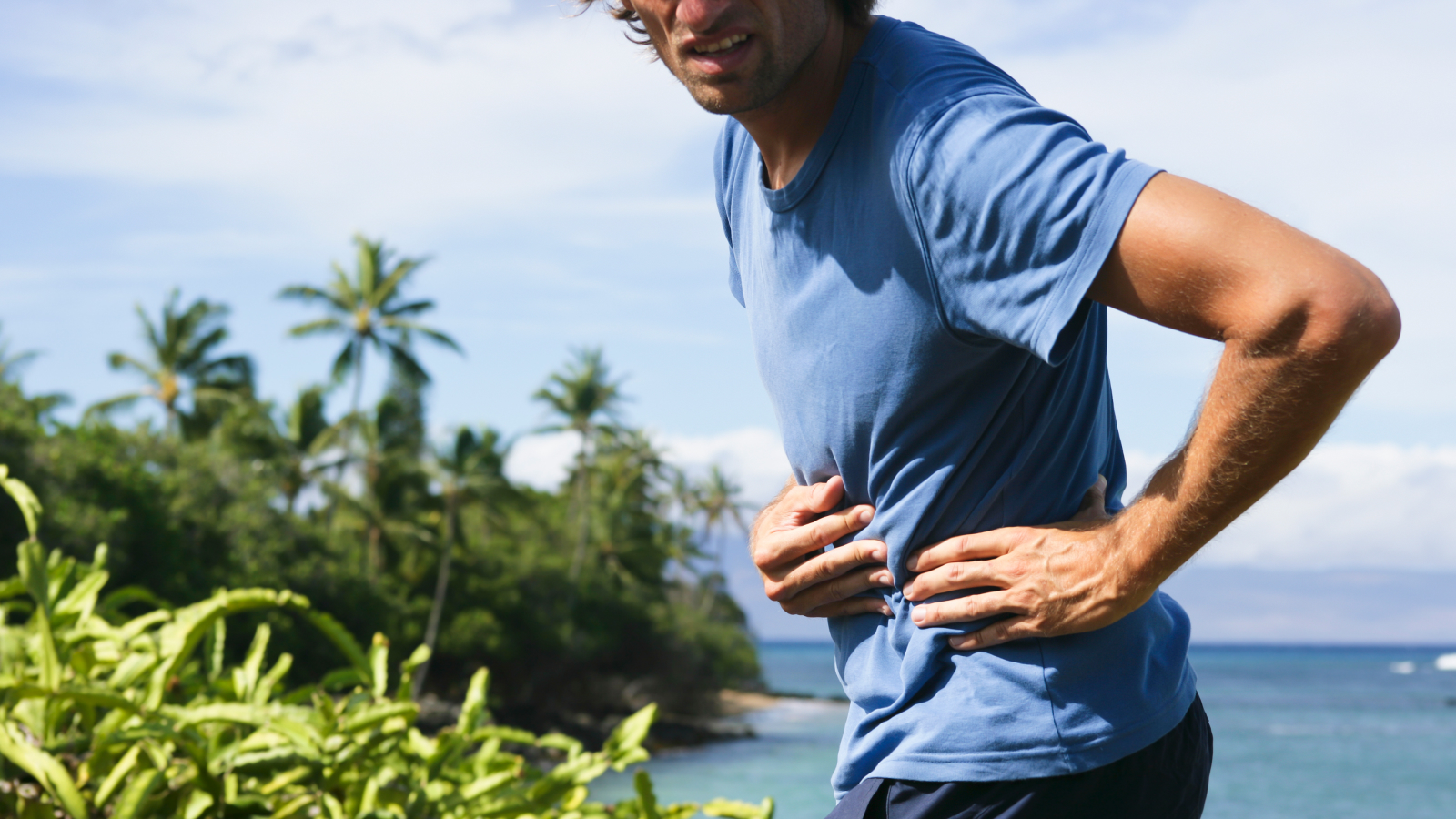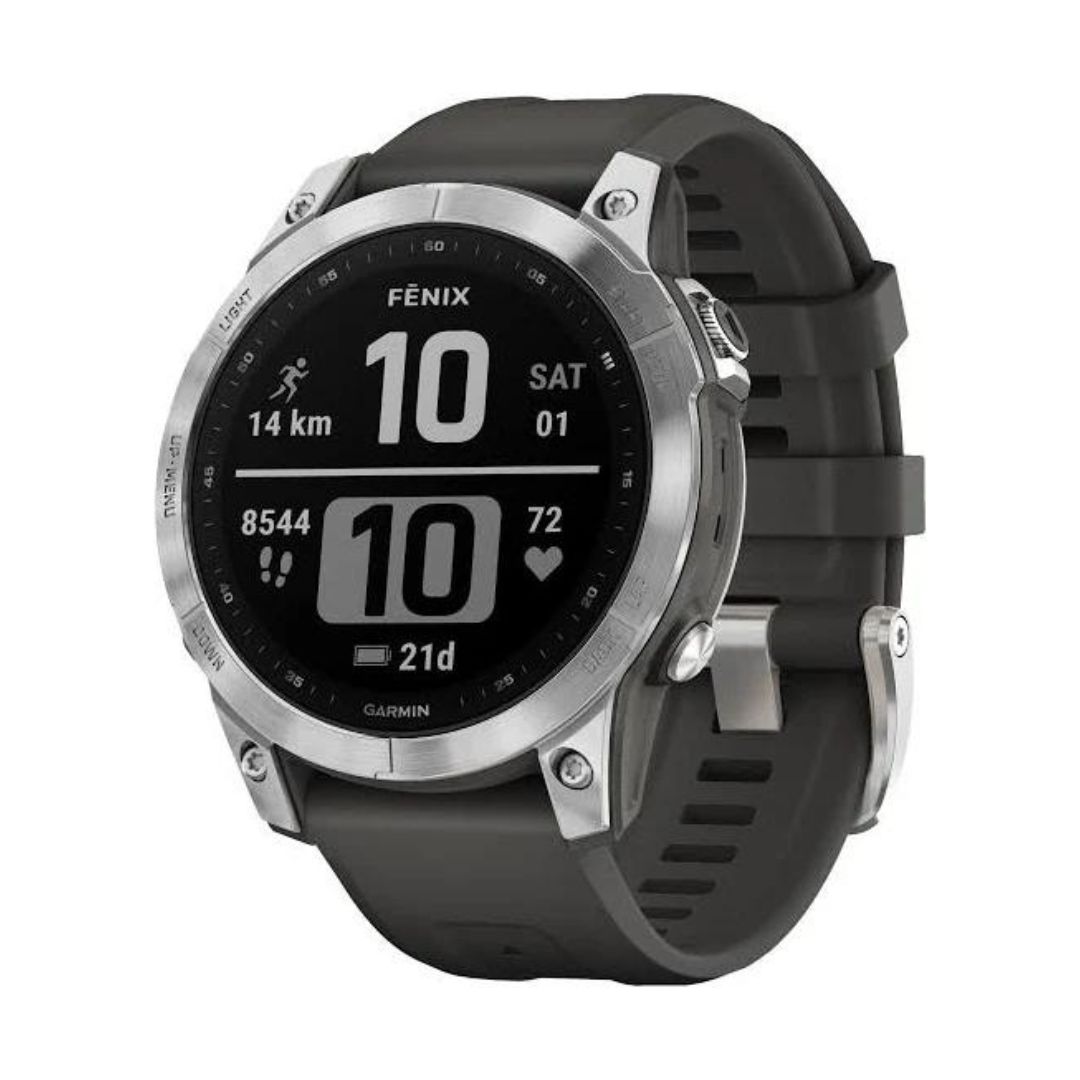
We've all been there — you're just starting to find your running rhythm on the treadmill, or maybe you're hustling to catch a train, when you're suddenly struck by a sharp pain in your side, just under your rib cage.
A side stitch — medically known as "exercise-related transient abdominal pain" (ETAP) — is annoying and uncomfortable, albeit not medically serious. But what causes side stitches?
Although side stitches are common, no one knows for sure what causes them, and there are competing theories as to what body part the pain comes from.
For decades, after this theory was first proposed in 1941, scientists and sports doctors believed that a side stitch is caused by inadequate blood flow to the diaphragm, the large muscle that sits under the ribs and draws air in and out of the lungs. This lack of blood could cause a painful cramp or spasm. This idea was based on the theory that blood travels away from the diaphragm and concentrates in the muscles of the limbs when we exercise.
Related: How long should you wait to exercise after eating?
However, "this idea has lost popularity because the diaphragm also works harder during exercise which would redirect blood to it not away from it," Andrew Lavender, a senior lecturer in exercise and sports science at Federation University in Australia, told Live Science in an email.
Another idea is that the "constant jolting" that the body endures during activities like running puts strain on the ligaments that secure abdominal organs to the diaphragm, Lavender said. This theory possibly explains why runners often suffer from stitches, but it doesn't explain why a stitch can occur during swimming, rowing or cycling, he said.
Some have suggested that having a poor fitness level may raise the risk of side stitches, but Lavender questions this idea because highly trained athletes also get these pains. Still other scientists have proposed that the pain of a stitch stems from the intestines, as a result of poor blood flow to the gut during exercise. Another theory attributes the pain to the compression of nerves that branch off the spinal cord and run between the ribs.
However, the most widely accepted theory to date pinpoints a membrane called the peritoneum as the likely source of the pain. The peritoneum is a double-layered, balloon-like sac that encases the organs inside the abdomen. Its inner layer wraps around the organs, such as the stomach, and the outer layer sticks to the walls of the abdomen and pelvis.
In a study published in 2000 in the journal Medicine & Science in Sports & Exercise, researchers proposed that the most likely cause of side stitches is that the inner and outer layers of the peritoneum rub together during exercise, causing irritation. The researchers reached this conclusion after interviewing more than 900 regular sports participants about their experiences of ETAP and then comparing their descriptions to theories of how side stitches arise.
Nowadays, peritoneum irritation is thought to be the source of the pain we think of as a side stitch, Lavender said. This theory is supported by the fact that side stitches become more likely if you eat or drink right before exercise. When your stomach is full, it pushes against the peritoneum, forcing its two layers closer together and increasing friction between them, the authors of the 2000 study wrote.

We have tested all the best running watches and rank the Garmin Fenix 7 Sapphire Solar as the best overall. This rugged smartwatch offers excellent battery life, cutting-edge workout tracking and reliable navigation systems. Read our full Garmin Fenix 7 Sapphire Solar review for more.
Related: Is it dangerous to eat right before you swim?
A 2004 study published in the International Journal of Sport Nutrition and Exercise Metabolism also found that fruit juice and high-sugar sports drinks were much more likely to cause a stitch than water or no fluid. This may be because such "hypertonic" drinks draw water out of cells in the peritoneum, leading to more friction, or it may be that these drinks hang around in the gut longer than water would, putting pressure on the peritoneum.
With that in mind, being mindful of how much you eat before exercising and when you time your snack might help prevent side stitches, Lavender said.
"Have a small meal before training and make sure you give yourself plenty of time between your meal and beginning your workout," he advised.” Foods high in fiber or fat take longer to digest than low-fiber, low-fat foods, so if eating the former type of food, it's best to wait at least 60 to 90 minutes before exercising, he added.
Note that a typical side stitch is a pain on one side of the abdomen that comes on with exercise and goes away when you rest. If you feel persistent pain in your chest or abdomen, experts recommend seeing a doctor, as it could be something more serious.
This article is for informational purposes only and is not meant to offer medical advice.
Ever wonder why some people build muscle more easily than others or why freckles come out in the sun? Send us your questions about how the human body works to community@livescience.com with the subject line "Health Desk Q," and you may see your question answered on the website!







